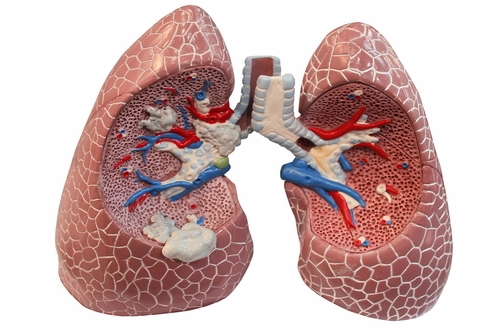Problem-Solve these Two Confounding Diagnostic Scenarios

Use the guidelines and your coder's intuition to get these diagnoses right. All coders eventually learn that diagnoses don't always fall in line with the ICD-10-CM index and guidelines. There are numerous reasons coders may struggle in their search for the most accurate diagnosis code. Sometimes, simply educating the provider on using terminology that betters aligns with the ICD-10-CM index is enough to get a coder over the hump. Other times, it may require a self-education seminar on some of the lesser known portions of the ICD-10-CM guidelines. Here, you'll take a look at two examples which may require both the provider and the coder to take extra steps in order to reach the highest degree of accuracy and specificity. Consider these confounding diagnostic scenarios and lesser known ICD-10-CM guidelines to help take your coding skills to the next level. Check Guidelines, Provider Clarification on Borderline Dxs Diagnosis: Borderline right ear infection This one is simple as long as you know how to code "borderline" diseases and symptoms via the ICD-10-CM guidelines. Make sure you differentiate borderline diagnoses from those labeled as "uncertain," "suspected," or "probable." In respect to borderline diagnoses, the ICD-10-CM guidelines state: That might sound as if these guidelines for "borderline" diagnoses are applicable only to inpatient services; however, consider what's included next in the ICD-10-CM guidelines: Since this example is dealing with a patient in an outpatient setting, you do not need to take time or date of discharge into consideration. While, in the grand scheme of "borderline" diagnoses, it is advised that you send the chart back to the provider for clarification, this diagnosis may technically be coded as is. You will apply diagnosis code H66.91 (Otitis media, unspecified, right ear) to the patient's visit. Recognize when Traumatic, Pathologic Fractures are the Same Diagnosis: Traumatic fracture of the mandible due to age-related osteoporosis The probability that you will come across a diagnosis such as this is presumably low; however it's important to know how to code osteoporotic fractures if and when the circumstance presents itself. While osteoporosis typically affects the wrist, hips, and spine, it has also been linked to bone loss in areas such as the jaw. For a patient with osteoporotic bone loss in the jaw, a fracture of the mandible could feasibly be trigged from an event that would not typically induce a fracture in a patient with a healthy mandibular bone structure. Unless you are clear on the ICD-10-CM guidelines regarding osteoporotic-induced pathologic fractures, there are numerous incorrect avenues a coder could take in their search for the correct diagnosis code. ICD-10-CM's guidelines on osteoporotic fractures are as follows: There's a lot to digest here. The first portion of these guidelines that needs to be elaborated on is the use of the term "pathologic" fracture. Some coders may be confused attempting to distinguish a pathologic versus trauma-induced osteoporotic fracture. But, actually, these two are one in the same. If the underlying cause of the fracture is a traumatic event, but the bone would not have typically fractured if the patient did not suffer from osteoporosis, then this would qualify as osteoporosis with current pathological fracture. When dealing with fracture coding, coders are typically supposed to differentiate trauma-induced fractures from pathologic fractures. However, this is the one and only confounding scenario in which both designations apply. "A pathologic fracture simply means that the fracture is caused by some invasive process," says Barry Rosenberg, MD, chief of radiology at United Memorial Medical Center in Batavia, New York. "In this case, the invasive process - osteoporosis - didn't directly cause the fracture, but set in motion the underlying event - trauma - that would," Rosenberg explains. Use Your Discretion on "Most Correct" Dx Ultimately, you can boil this complex diagnosis down to one, single diagnosis code. You should not code an additional traumatic fracture of the mandible diagnosiscode alongside its respective M80 (Osteoporosis with current pathological fracture) code. However, reaching the correct designated code for this diagnosis becomes complicated when you dive into the ICD-10-CM index. "From the Index, see Fracture, pathological/due to/osteoporosis M80.00. In looking at the specific sites under M80.0, there are no codes specific to the mandible, or even the skull, of which the mandible is a part," states Sheri Poe Bernard, CPC, of Poe Bernard Consulting in Salt Lake City, Utah. "There is also no 'other specified' option to cover a site not classified elsewhere. Therefore, M80.00XA [Age-related osteoporosis with current pathological fracture, unspecified site, initial encounter for fracture] is appropriate, even though we have much more information on the site," Bernard relays.




